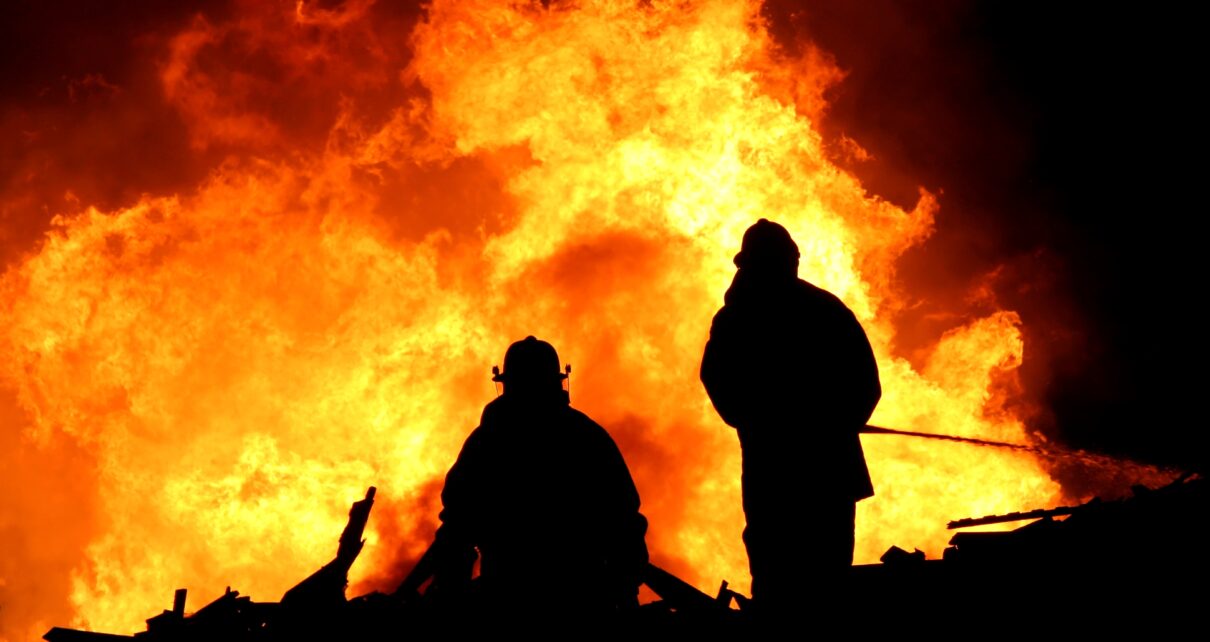Below are steps that affordable senior housing operators can take to help ensure the safety of residents during an emergency evacuation.
PREPARE NOW FOR EVACUATION
- Sign-up for local emergency alerts and help your residents do the same. This can save lives and is easy to do on a cell phone. For an iPhone, go into Settings, then Notifications. Scroll to the bottom of Notifications and make sure the Emergency and Public Safety Alerts are turned on (toggled to green). On an Android phone, go to the Messaging menu, then to Settings, and then to Emergency Alert Settings to turn on. Some older phones may not have this function. Individuals can also sign up for emergency alerts.
- On Twitter and Facebook, follow CalFire, CalOES, your local Sheriff’s Office or Police Department, and your local Office of Emergency Services. In an emergency situation, critical websites may be overburdened. The best way to get real-time information is on social media.
- Advise residents to keep their phones on, with the volume high – even (and especially) at night. This will help ensure they hear their phone, even if they are sleeping.
- Residents who own cars should make sure to have at least half a tank of gas at all times. This will prevent them from needing to stop for gas if they get stuck in traffic during the evacuation.
- Residents should create a support network and an evacuation plan. Residents should create a support network of nearby family and friends and make a plan for where they are going to stay during an evacuation. This may be a family or friend’s house or an evacuation shelter. Residents should plan for how they are going to get there. Those who do not own a car or cannot drive should try to arrange a ride with another resident. They should also plan for any special considerations such as pets, prescriptions and medical equipment. If a resident plans to stay with a friend or family member, they should discuss COVID-19 safety protocols in advance (e.g. will masks be worn in common spaces of the home?).
- Survey residents and notify your local Office of Emergency Services of any who do not have transportation in an emergency. Find out where your residents plan to go, how they will get there and how to reach them. Public transportation and ride sharing (e.g. Uber, Lyft) should not be relied on in an emergency situation. Contact your local Office of Emergency Services and notify them of how many residents may not have transportation in an emergency, and how many have physical limitations. The local government can help to transport people out of the evacuation area to the temporary evacuation point, but they need to know in advance to be prepared.
- Residents should have a “Go bag” packed. HERE is some information about what an older adult should include in a Go Bag. Go Bags should include masks and hand sanitizer.
- Residents should sign-up to receive benefits electronically or to a debit card. In a disaster, mail may be delayed for long periods of time. If a resident depends on Social Security or other regular benefits, switching to electronic payments or a debit card is a way to ensure that they will continue to receive their benefits in a timely manner. For federal benefits, call 800-333-1795 or sign-up online.
IN THE EVENT OF AN EVACUATION:
- Residents should go to the designated local temporary evacuation point. This excludes any resident who has a safe (outside of any evacuation zone) place to go stay. The location of the local temporary evacuation point will be online. If it is not accessible, they should drive until they see a first responder they can ask for guidance.
- The Red Cross is working with local health officials to make sure that the temporary evacuation points are COVID-19 safe. There is concern that older adults will ignore evacuation orders because they are worried about contracting COVID-19 from a congregate shelter. The Red Cross is working with local health officials to make sure the shelters are as safe as possible. All registration and triage of evacuees will be done outdoors. There will also be food, water, masks and hand sanitizer available outdoors. To enter an evacuation center, each person will have their temperature taken and be given a wellness questionnaire. Inside, masks are mandated, social distancing is strictly enforced and all beds are placed at least 6’ apart.
- There are few, if any, hotel and motel rooms available. There are no vouchers for hotel or motel rooms. Also, there is no phone number to call to be put on a list for shelter in a hotel or motel. To be eligible for a hotel or motel room, evacuees must register with their local temporary evacuation point and go through triage (risk assessment). The Red Cross is working with local and state governments to identify hotel and motel rooms for evacuees who need them, particularly for evacuees who are at high risk of COVID-19. That said, there are very few, if any, available hotel or motel rooms anywhere near any of the fires. This is due largely to the fact that evacuees who can afford to stay in a hotel are evacuating to hotels. When hotel and motel rooms are available, they will be given to individuals who are high-risk for COVID-19. In some cases, people are being sheltered in hotels and motels over 2 hours away from where they live because of the lack of rooms. You should prepare your residents for the eventuality that there will not be a hotel or motel room for them. Project Roomkey Rooms that are not occupied ARE included in the inventory of rooms that Red Cross is using for evacuees.
- There are three shelter options. Once at the local temporary evacuation point, residents will check-in and go through triage. If there is no hotel or motel space available (which there likely will not be), individuals will have up to three options for sleeping arrangements. First, if they have a car, they can sleep in the car. Second, if they have a tent, they can sleep in the parking lot of the evacuation point. Third, they can go inside the congregate shelter and sleep on a cot. I realize that car and tent sleeping may not be viable options for older adults with physical impairments.
WHAT PROVIDERS CAN DO TO SUPPORT RESIDENTS
- Share these tips.
- Help residents sign-up for local emergency alerts.
- Check-in with residents to find out where they plan to go in an emergency and how they will get there.
- Contact your local office of emergency services (this can be city or county level). Let them know that you have a community of older adults and tell them approximately how many will need transportation and shelter in the event of an evacuation. Be sure to note if any residents have special accessibility needs.
- If you collect donations, ask for tents, camping pads, and other useful equipment for residents who may prefer to camp instead of sleeping inside a shelter.




